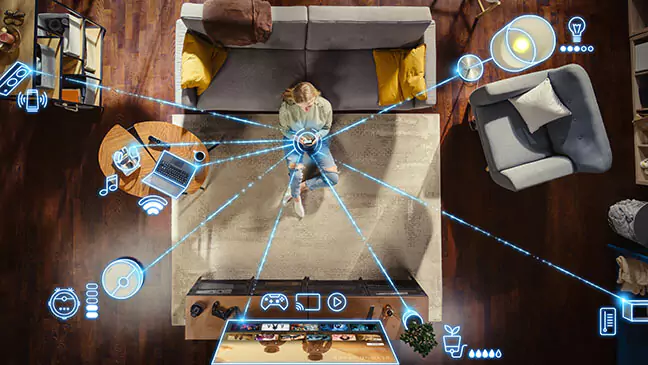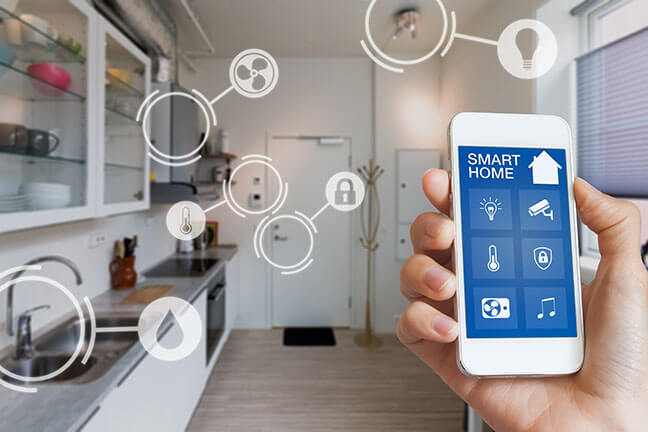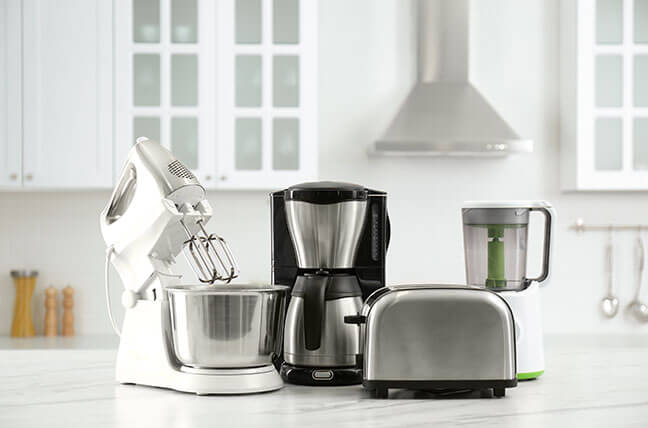In today’s world, where every penny counts and environmental consciousness is on the rise, understanding household energy consumption has never been more important. One aspect that often goes unnoticed is the silent energy drain caused by appliances when they’re not actively in use.
This phenomenon, known as standby power consumption, could be stealthily inflating your electric bill. By shedding light on the so-called, “energy vampires” lurking in your home, you’ll find the potential for savings and cutting.
Understanding Standby Mode
Standby mode power, often referred to as phantom load or vampire power, refers to the electricity consumed by electronic devices and appliances while they are switched off or in a standby mode but still plugged in or connected. This silent energy drain is not just a myth; it’s a reality that affects nearly every household.
From the television waiting for the remote’s signal to the microwave clock that never sleeps, many appliances continue to sip electricity, contributing to unnecessary energy consumption and higher utility bills.
The Impact of Standby Power on Your Electric Bill
Although individual devices consume relatively small amounts of standby power alone, the collective impact on your electric bill can be significant. Studies suggest that standby power accounts for up to 10% of household electricity use.
With the average American home running multiple devices 24/7, the potential for savings is substantial. By addressing these energy leaks, households can potentially save a considerable amount annually, money that could be better spent or saved for future needs.
Key Appliances That Use Standby Power
Certain appliances are notorious for their standby power and heat usage. Entertainment systems, computers, and chargers lead the pack, with even smaller devices like coffee makers and toasters contributing to the overall energy drain. Understanding which devices use the most standby power can help you target your energy-saving efforts more effectively, turning off or unplugging those that have the most significant impact on your electric bill.
Real Savings: Myth or Fact?
The question of whether unplugging appliances leads to real savings is met with varying opinions. However, the consensus among the Department of Energy and experts is clear: while the savings from unplugging a single device may be minimal, the cumulative effect of managing multiple appliances can lead to noticeable reductions in your electric bill.
Studies have shown that proactive measures against standby power can result in meaningful savings over time, debunking the myth that unplugging is inconsequential.
Tips for Reducing Standby Power Consumption
Reducing standby power consumption doesn’t have to be a chore. Simple strategies to save energy, like using power strips for easy on/off switching, investing in smart plugs that can be controlled remotely, and making use of energy monitors to track consumption can make a significant difference. These tools not only help reduce unnecessary power usage but also empower you to take control of your home’s energy footprint.

Case Studies: Success Stories
Individuals and families who have taken steps to manage standby power report not only savings on their electric bills but also a greater awareness of their overall energy consumption.
For example, one family managed to cut their monthly energy bill by 15% just by being diligent about unplugging devices not in use and using power strips for easy management. These real-life success stories serve as powerful testimonials to the benefits of being mindful about how much energy you use.
Additional Benefits of Unplugging
Beyond the immediate financial savings, unplugging unused appliances can extend their lifespan, save electricity, and reduce the risk of electrical fires. It’s a simple yet effective way to contribute to environmental sustainability by lowering your household’s carbon footprint, making a positive impact that extends far beyond your own home.
Making It a Habit
Incorporating the practice of unplugging into your daily routine can start with small, manageable steps. Creating habits, such as checking for unused devices before bed or using timers for charging electronics, can lead to lasting changes in your energy consumption patterns. The key is consistency and a bit of mindfulness about how we use and manage our appliances.
Find Energy Saving Devices for Your Home
When it comes to determining the best energy-saving devices for your home, several websites stand out as excellent resources.
The ENERGY STAR Product Finder is an invaluable tool for anyone looking to purchase appliances and devices that meet strict energy-efficiency specifications set by the U.S. Environmental Protection Agency (EPA). This platform provides detailed information on a wide range of ENERGY STAR certified products, including appliances, building products, and electronics, helping you save energy and money while protecting the environment.
Check Amazon for the Latest Energy Saving Appliances
Amazon is a treasure trove for finding energy-saving devices that can help reduce your electric bill and carbon footprint. From smart thermostats and LED light bulbs to energy-efficient appliances and water-saving gadgets, Amazon offers a wide variety of products designed to make your home more sustainable.

Harness Your Savings: Investing in Energy Efficiency with EASY Wireless
Looking to make your home more energy-efficient but worried about the upfront costs? Savings from your monthly cell phone bill could provide a solution. By qualifying for Lifeline and the Affordable Connectivity Program (ACP) through EASY Wireless, you could save $50-$100 every month.
These savings could be redirected towards purchasing energy-saving power strips or other energy-efficient appliances. Embrace this opportunity to double your monthly savings and invest in a greener lifestyle.
Click to discover how you can start saving with EASY Wireless today.
Unplug Appliances and Start Saving Money Today
Managing appliance standby power consumption presents a straightforward opportunity to reduce your electric bill and contribute to environmental conservation. By understanding which appliances use standby power and adopting simple habits to minimize this consumption, you can enjoy real savings and the satisfaction of knowing you’re making a smart, sustainable choice for your home and the planet.
Challenge yourself by unplugging unused appliances for one month and observing the difference they make on your electric bill. Explore further energy-saving tips and tools that can help you extend these savings even further. Embrace this small change for a more efficient, cost-effective, and environmentally friendly household.


